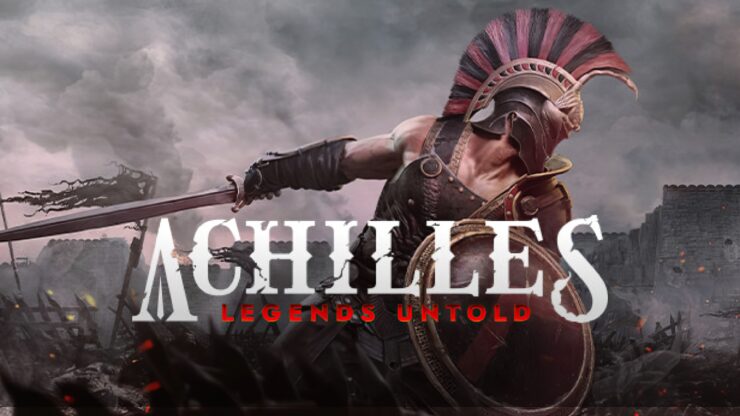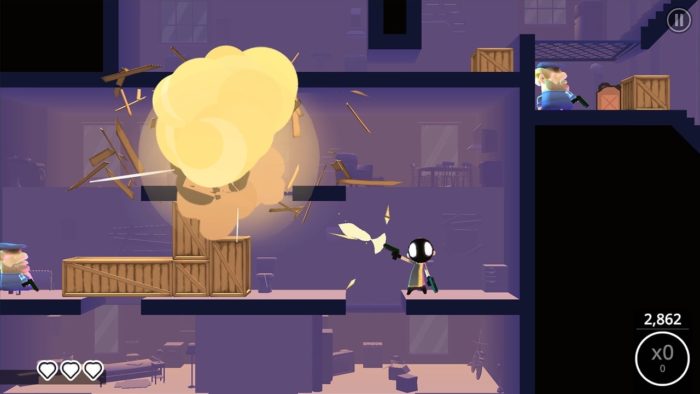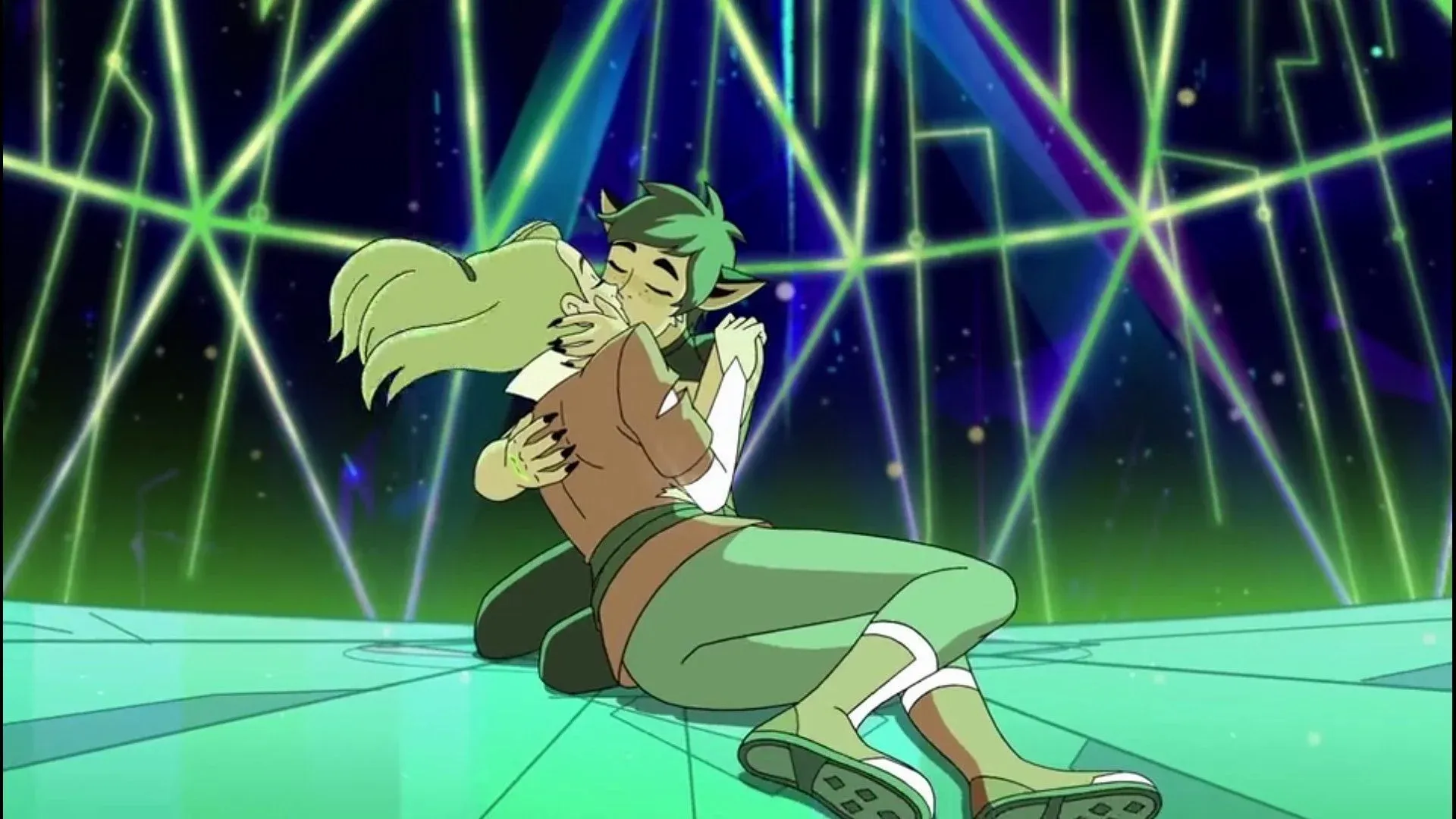
Being queer is complicated. Even when you attempt to put a definitive label on who you are and where you belong on the LGBTQ+ spectrum, a sense of fluidity will rear its head and take you in unexpected new directions. Personal developments like this should be welcomed, because they define the queer experience as a messy thing, with each individual having a unique idea of queerness and how it cements who they are or eventually want to be.
When I was growing up queer, individuals in the media I consumed were either relegated to the background or slathered in harmful stereotypes. These queer characters were often written by heteronormative creators who failed to recognise that queer people deserve rights, respect, and a place to belong in society. This fight for equality continues onward, but media has reached a place where such identities are being championed, put in front of audiences queer or otherwise and treated as a facet of normality.
Related: The Owl House Just Had Its Gayest Episode Yet
Family Guy and South Park never cared about me, they simply used queer people as a punchline, while children’s animation of the ‘00s was held back by corporate powers who believed audiences weren’t ready for queer characters, or that they would infringe upon traditional family values. That’s all nonsense, as shows like The Owl House, She-Ra and the Princesses of Power, and Steven Universe have proven.
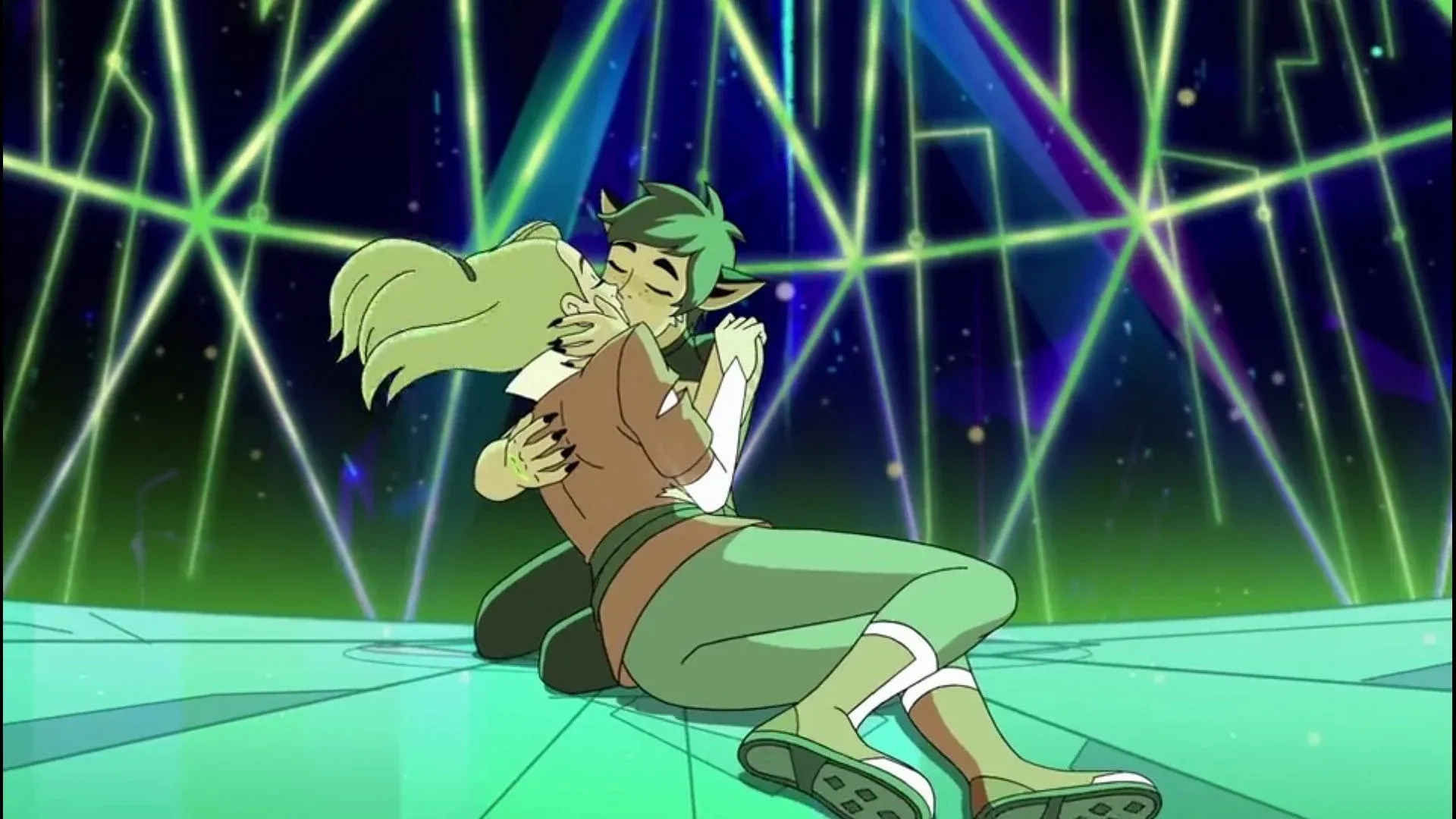
Even in the modern landscape, shows like Gravity Falls and The Legend of Korra haven’t been able to pierce the heavens, with same-sex relationships and homosexual protagonists being briefly touched upon or written out of proceedings completely because they didn’t gel with whoever was pulling the strings upstairs. Noelle Stevenson’s She-Ra and the Princesses Of Power debuted on Netflix in 2018, and from the first season queer characters and themes were already being introduced and expanded upon. But fans were used to being disappointed or betrayed by networks while creators tried their best to deliver the romance their original vision hinged upon. In the case of She-Ra’s Catra and Adora, their lesbian relationship truly delivered in season five, culminating in a gay kiss and heartfelt confession that the fandom is still reeling from over a year later.
The Owl House was able to build upon this reputation, using the reception of She-Ra and its celebration of queer voices to push Disney further than it has ever gone before. Sure, we’ve seen tertiary characters in Marvel and Star Wars, but aside from a few exceptions like Andi Mack, LGBTQ+ people have been relegated to the background. Dana Terrace’s show manages to not only address this, but seems to passionately go against these established conventions by taking children’s animation into a space it’s seldom occupied before. This is a queer show, and one that isn’t afraid of reminding us of that in ways that feel genuine to both its characters and wider storytelling.
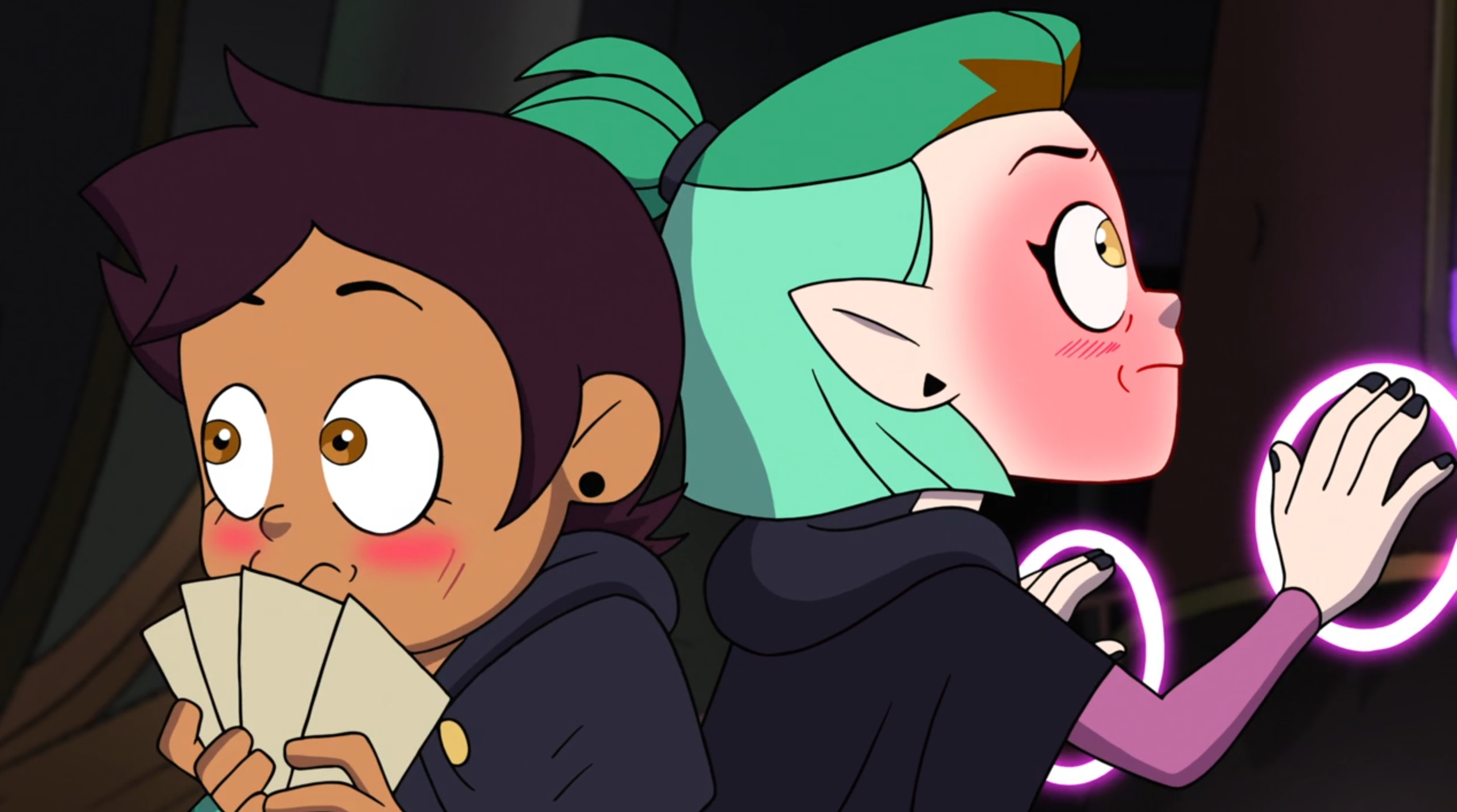
Protagonist Luz Noceda is a bisexual teenager with an appearance that deliberately leans on the gender non-conforming side, offering young viewers a lead character to relate to whether you’re a boy, girl, or something different entirely. That she’s also Latinx only furthers her diverse importance as she’s taken from a human world where she feels she doesn’t belong and thrust into a magical realm where her eccentricities are no longer treated as a burden. It’s the opposite – she’s beloved for being different, not afraid to go against the grain and learn magic in a way that many witches initially view as forbidden. It makes her special, providing her with a source of confidence and self-acceptance that eventually morphs into her love for characters like Amity Blight.
Luz’s attraction to both male and female characters is often signified by sudden blushes and dopey comments that mirror what a real queer teenager would do, bouncing away from awkwardness with charming verbal jabs since she’s yet to come to terms with who she really is. She’s also oblivious to Amity’s advances, despite being witness to a laughable number of moments that should make it so, so obvious that this girl is crushing on you. However, it takes a sudden kiss to seal the deal, Luz responding with wide-eyed wonder as she drops to the floor in a state of disbelief. While not verbally reciprocating Amity’s feelings, it is clear that Luz feels the same way as her love for another girl slowly but surely blossoms.
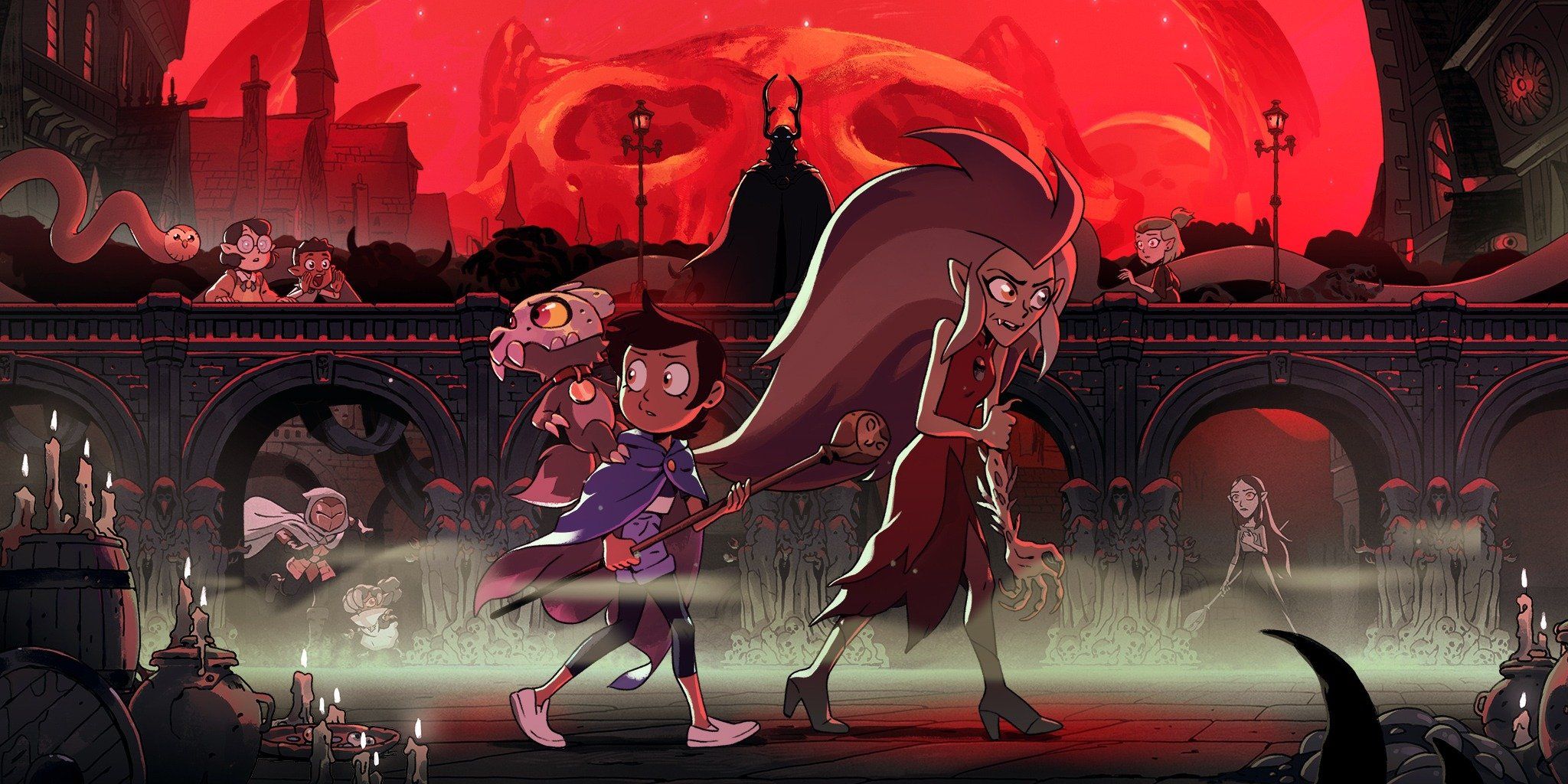
Even with this plot development rearing its head, the show never discounts Luz’s bisexuality, and that’s a vital stance to take. Bisexual or pansexual people are often labelled as “greedy” or told that they “just need to pick one,” as if sexual and emotional attraction is akin to trying to find a killer bargain on Amazon. It’s far more complicated than that, and The Owl House recognises that the queer experience is known for being non-linear, a discordant rhythm of realisations that will eventually settle into a consistent melody. Things can change and develop in countless ways, and that’s an important aspect of discovering who you really are. Luz, Amity, and the other characters in the show are still on that journey, as are many of the people watching, so mirroring that struggle on both sides of the divide is immeasurably valuable.
Outside of this central romance, we see two same-sex parents looking after Willow and a handful of other playful references to queer identities that feel like a natural part of this universe.
As these themes are pushed further and further to the forefront, they feel like a cohesive progression of everything that’s come before. When the show first flirted with lesbian romance, I honestly didn’t think it would ever go the distance, mostly because company overseers are infamous for shackling creators at the last possible moment. Speaking of which, it’s a shame about the truncated third season, but as season two continues I’m sure that LGBTQ+ storytelling will evolve along with it. The fluidity of The Owl House’s characters and their personal queer growth is so valuable, teaching viewers that there’s no box to be thrown into. If you so wish, you can leave archaic definitions behind and forge your own path forward, and people will be there to support you.
Next: Ricky Cometa On The Production, Impact, And Art Of The Owl House

